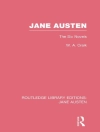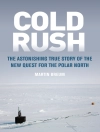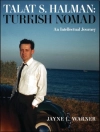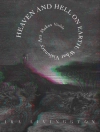Argues for a new understanding of Old English responses to materiality and historical change.
Human communities have interacted with the material remains of earlier periods for millennia. Such ‘archaeological objects’ – including bones, coins, weapons, building materials and architectural landmarks – were physically handled, reused, transformed and reinterpreted; they were also depicted in literature. This book examines how Old English texts imagine such human encounters with the remnants of the past. It explores Elene’s perspective on the discovery of the True Cross as a narrative of political, spiritual and epistemic translatio and the multiple ways in which The Wanderer and The Ruin use images of ruins and the poetic formula ‘work of giants” to construct an unknown and unrecoverable past; it also considers the engagements with ‘untimely objects’ in Beowulf and the Anonymous Old English Legend of the Seven Sleepers and how the Ruthwell Cross Poem and The Dream of the Rood play off ‘figural” against ‘literal’ history.
As this study demonstrates, Old English texts combined and creatively adapted a broad variety of ways of conceptualizing not merely history, but indeed the very processes by which historical thought operates. Its careful readings show that these texts not only display a deep and conflicted understanding of the philosophical implications of viewing history and temporality through the prism of material objects, but also exhibit a powerful capacity for expressing such an understanding through aesthetic strategies.
Daftar Isi
List of Illustrations
Acknowledgements
Abbreviations
Introduction: Old English Literature and the Archaeological Imagination
1. Excavating the Cross in Elene
2. Ruins and Their Multiple Temporalities: The Wanderer and The Ruin
3. The Perils of Anachronism: Beowulf and the Legend of the Seven Sleepers
4. Visions of the Holy Cross: Elene, The Dream of the Rood and the Ruthwell Poem
Conclusion: Conceptualising Time and History through the Remains of the Past
Bibliography
Index
Tentang Penulis
JAN-PEER HARTMANN is a fellow at the Interdisciplinary Research Group ‘Aitiologies’ at the Freie Universität Berlin.












